The space shuttle lines have announced its journey to Mars. “Virtual ticket holders should head to the hall of departures and the astronauts should now be ready to welcome the new visitors.” An announcement that, on its own, seems to be a mere fantasy. However, it is and always has been, in fact, a dream for many scientists. They have always been finding new ways and mechanisms through which they would be able to go on journeys and trips to all the planets that are scattered in our galaxy, or even in our solar system.
Today, this dream has come out of the tiny womb of the giant research centers to a space even broader than the surface of the globe. It has become a reality as soon as NASA (National Aeronautics and Space Administration in U.S.) announced that anyone could be on Mars by simply submit their names on NASA’s website in order for these names to be sent to the Red Planet in the form of inscriptions on silicon microchips. This mission is scheduled for launch in May of 2018 and it will land on the surface of the Red Planet in November of the same year.
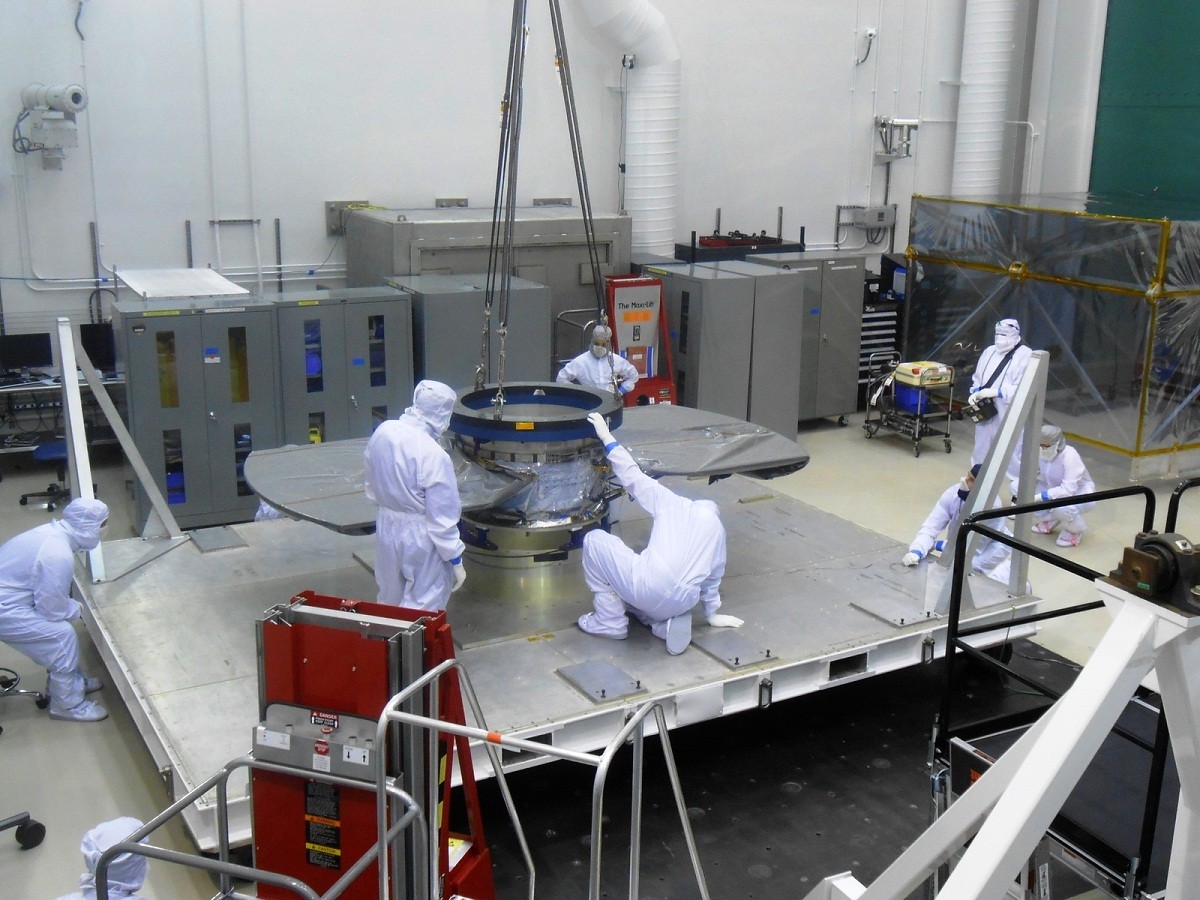
NASA has tweeted out from their official Twitter page saying, “Send your name out-of-this-world...to MARS! @NASAInSight will carry it to the Red Planet if submitted by Nov 1.” As an important step in exploring the Red Planet, NASA thinks that anyone, whose name is going to be sent, will be considered a small part in exploring both space and the future of which we do not know everything yet.
Since the announcement of the mission and before the official website of the mission closes the door for registration (that the agency had to extend to last till December instead of November), about 2 million and 429 thousand names have been inscribed on the microchip so far. The microchip is now at the head of the robotic InSight Lander which will be used in the InSight space mission. Among these submissions are 8500 Egyptian submissions, followed by Saudi Arabia with around 4500 submissions, and Morocco with 1800 submissions which put the three of them at the top of the list of Arab countries on the Mars mission.
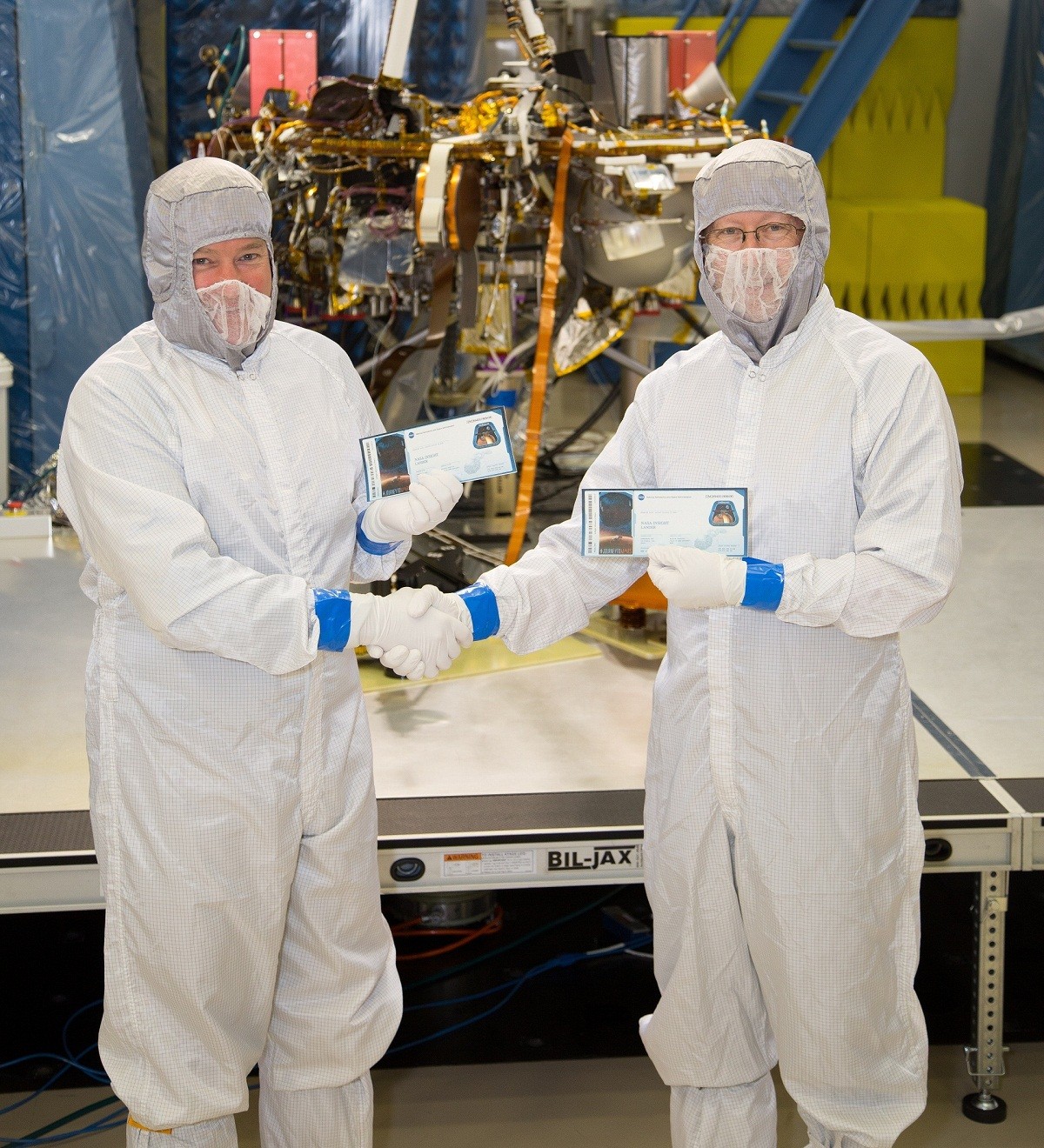
The massive turnout of submissions to the Mars mission has forced NASA to add another microchip in early 2018. That was to enable space enthusiasts to participate in the final round and win “boarding passes” downloadable on social media while also collecting the total number of miles they have acquired through taking part in the participation initiatives for other Mars missions.
Actually, this was not the first mission of its kind for NASA as it was preceded by a similar mission. For instance, NASA's Orion Spacecraft has carried the names of 1.38 million people on microchips and the Orion mission was the first flight for the vehicle and the first flight of its kind. Said vehicle, in the future, will carry astronauts to the moon, Mars, and other asteroids to explore them.
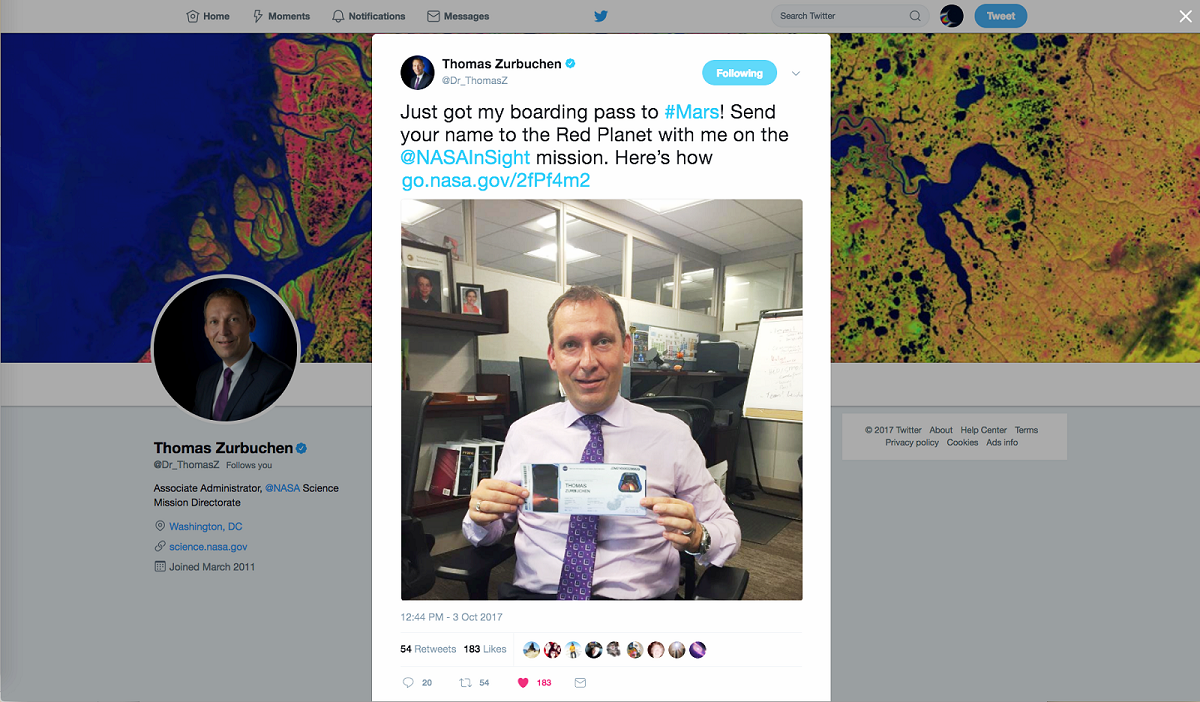
High-precision Microchip
As for the microchip that will carry the names of those who want to go to the moon, the engineers (in NASA's Jet Propulsion Laboratories (JPLs) in Pasadena, California) have put the names on the microchip that is made of silicon. The chip is 0.8 cm square in thickness which is approximately 8 millimetres. In addition, they have used an electron beam to write extremely tiny letters with lines so small that they are even smaller than one one-thousandth the width of a human hair.
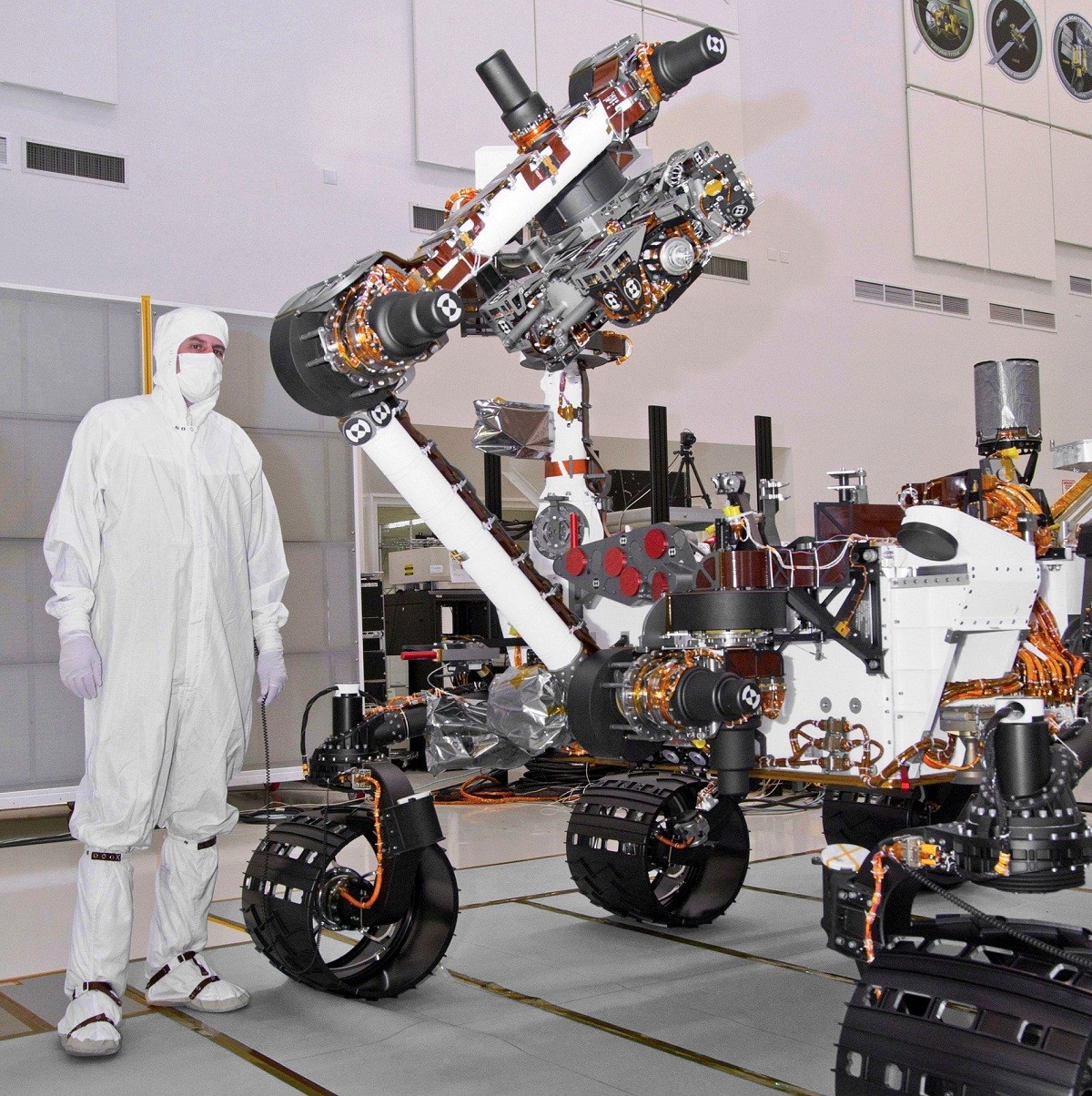
InSight mission is considered the most important mission in all of NASA's history as it is the first mission that will see into the depths of Mars, and look beyond its surface. It aims at studying the interior parts (inner space) of the planet by listening for “marsquakes” (earthquakes on Mars) through its mountain ranges. These marsquakes’ seismic waves transmit through different geological materials at different speeds giving scientists a glimpse of the planet’s composition and interior structure. Furthermore, it will help them figure out how Mars was originally formed as it is one of the terrestrial planets.
Previous Attempts
Scientists attempted to go to Mars almost half a century ago when the Soviets tried to send Sputnik 24 back in 1963 but it failed in leaving the Earth. 10 years after that, specifically in 1972, the Soviets launched “Mars 2” and “Mars 3” to Mars. The first one managed to land on the surface of Mars while the second arrived and had a soft landing but lost contact and failed 20 seconds later. Moreover, in 1974, "Mars 6" landed on the Martian surface but also lost contact.

In 1976, the Americans entered the space race by launching two probes: “Viking 1” and “Viking 2.” The first operated for 6 years while the latter operated for 3 years and 7 months. In 1989, the Soviets re-joined the game, after a 15-year break, by launching “Phobos 1” and “Phobos 2”. Phobos 1 did not reach the Martian surface while the other one lost contact before landing. In 1999, the American probe, namely, “Mars Polar Lander” failed in landing on Mars. However, the two American probes “Spirit” and “Opportunity” succeeded in landing on the surface of Mars in 2003. The first operated for 6 years and 2 months while the latter is still roaming and operating on the surface of Mars to this day and it even sends data back to the Earth.
Other Planets
If you are someone who is always keeping up with NASA's latest studies, research and projects, you will find that they are always searching for new ways to send exploration missions to other planets. They have already sent a large number of probes to study and explore other planets of the solar system. The most important of which is “Messenger” probe which was sent to Mercury to study its surface and magnetic field and it manged to discover volcanic deposits there. Additionally, the “Juno” probe was sent to Jupiter to take a look at its thick atmosphere, discover its chemical composition, and study its hurricanes especially the distinctive ones in the Great Red Spot.
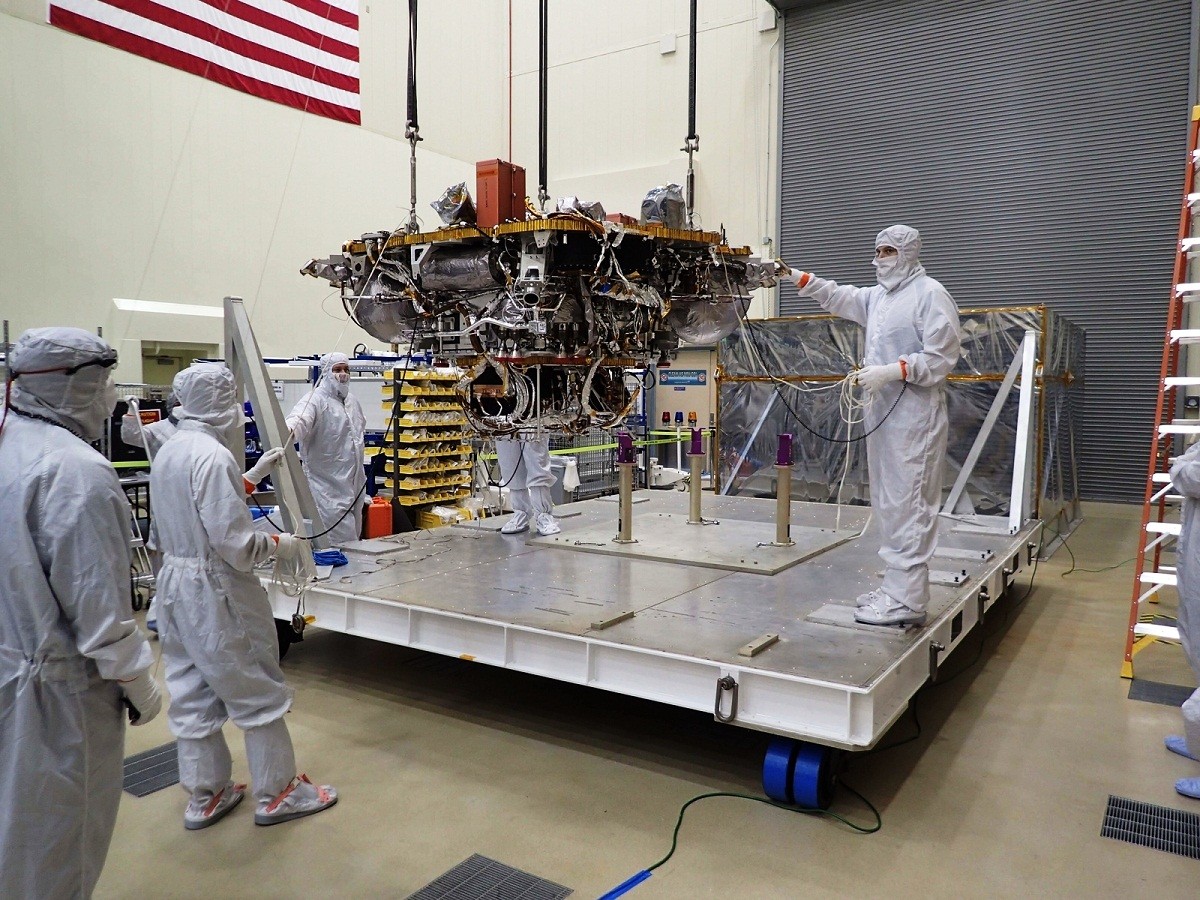
Saturn, the distant planet, was visited as well, as the “Cassini” probe was able to detect salt water on the surface of its moon “Enceladus” which may contain some organic materials. In addition, the probe explored “Titan”, another one of Saturn's moons, which scientists believe to be similar to the Earth before life appeared on its surface. Moreover, “New Horizons” probe succeeded in going all the way to Pluto and the Kuiper belt to explore the planet, its moons and the belt of snow comets surrounding the solar system. Furthermore, “Voyager 1” and “Voyager 2” launched into the outer solar system and entered the interstellar space passing by Jupiter and Saturn while the latter also explored both Uranus and Neptune.

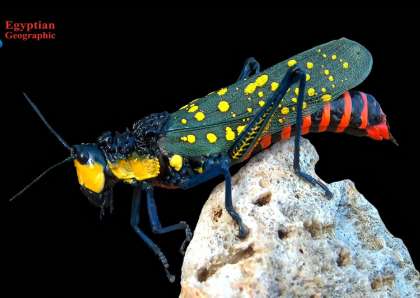

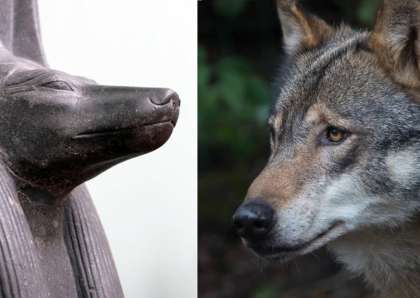

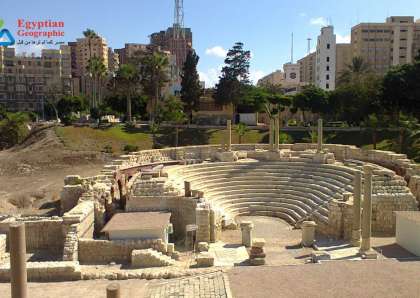
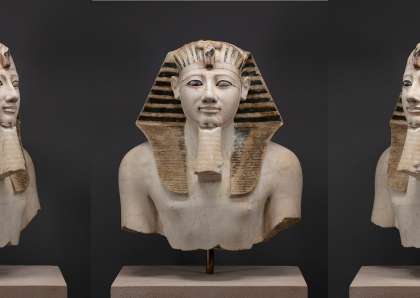









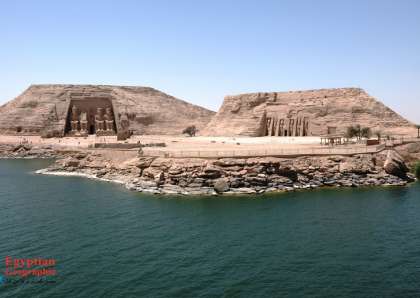



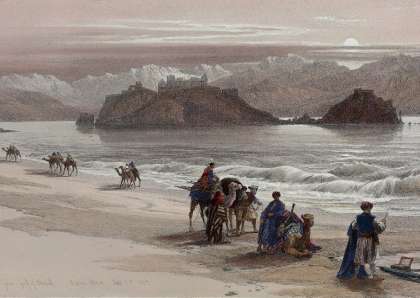

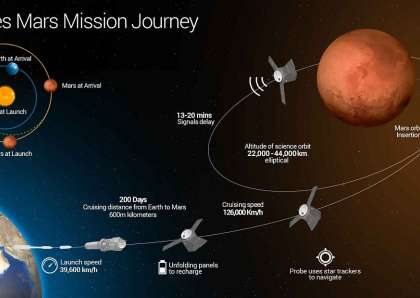
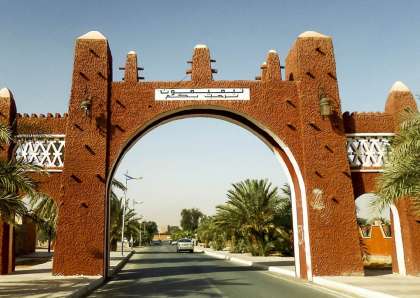




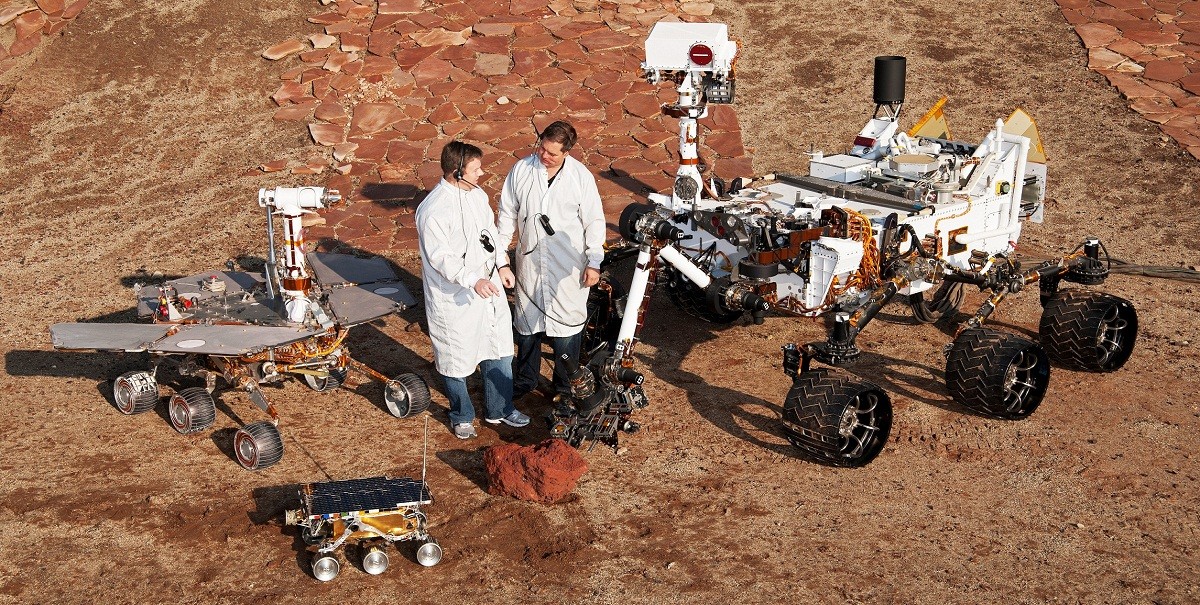






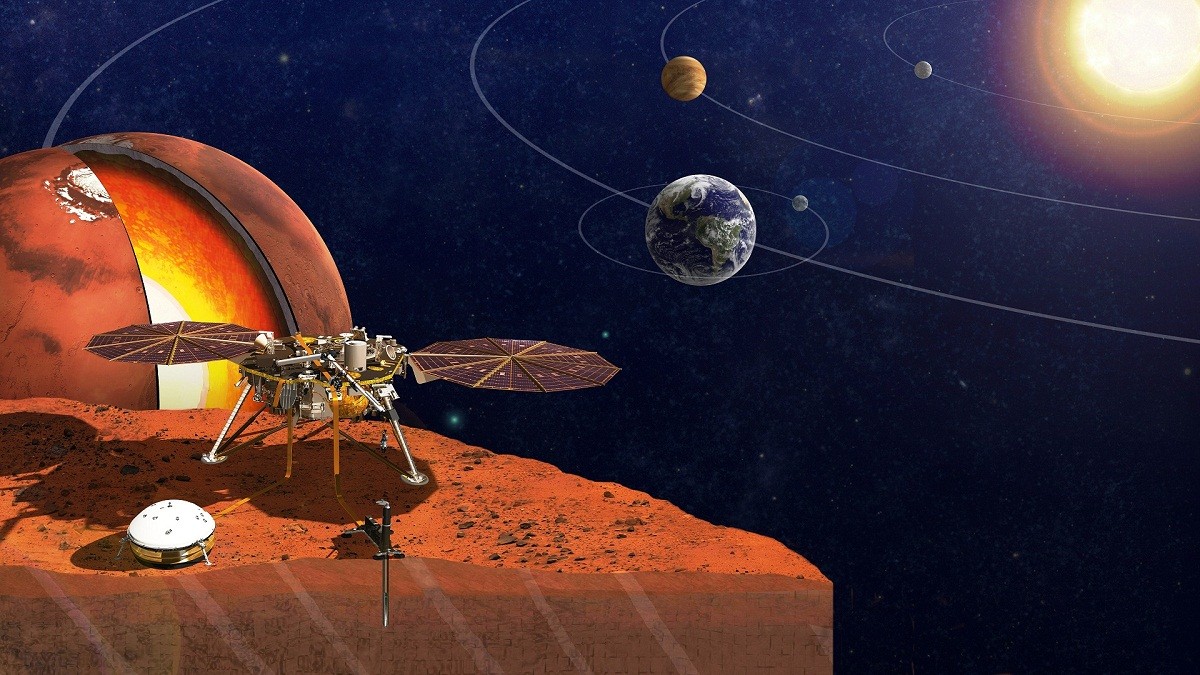

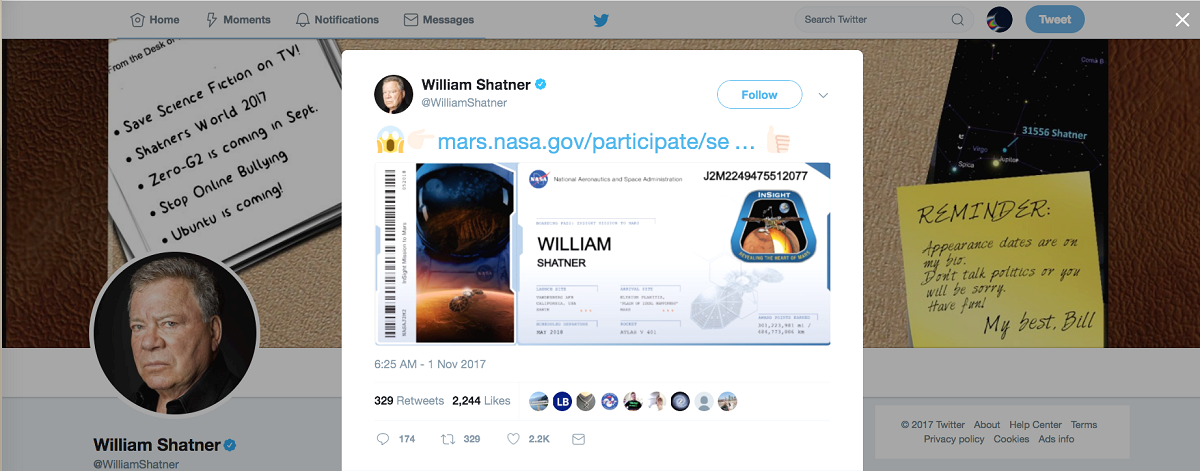











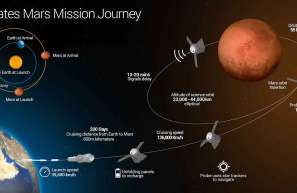


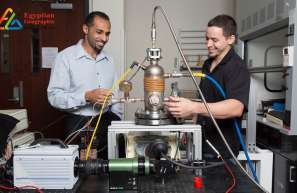




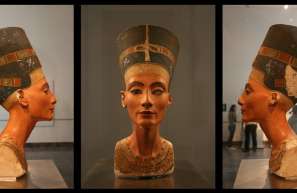
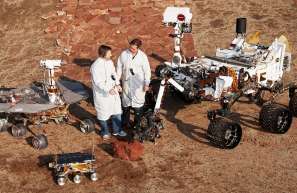

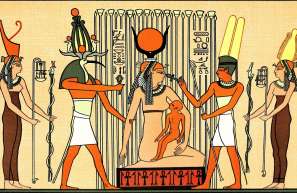









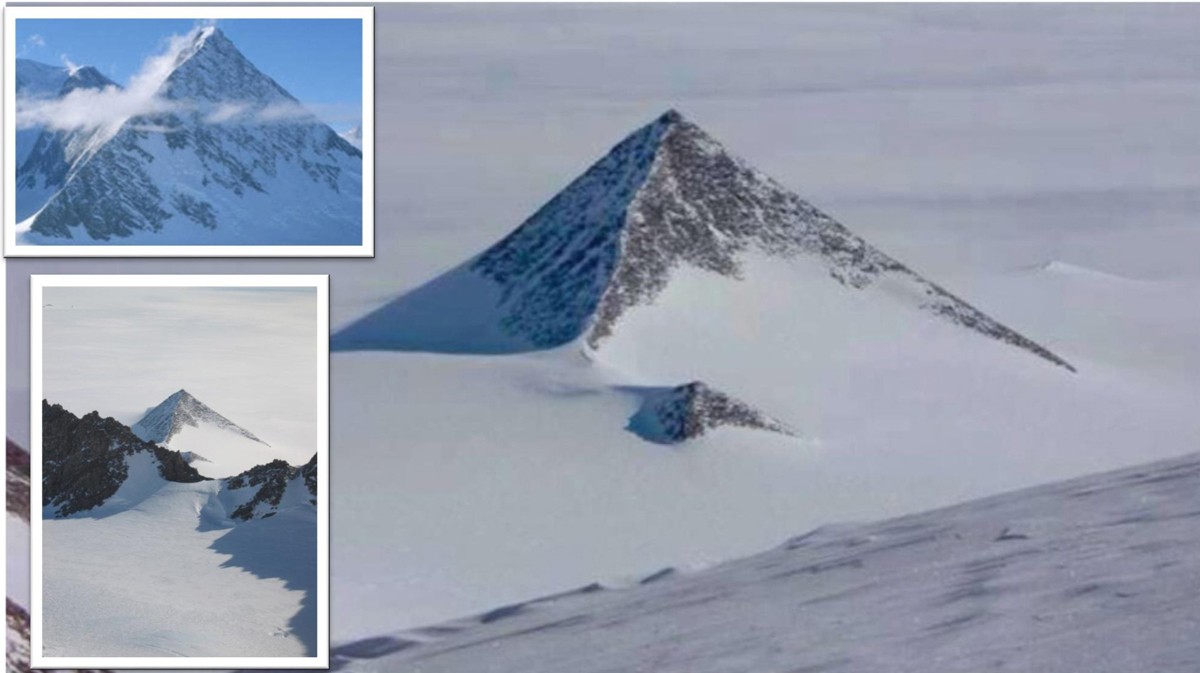
Egyptian Site & magazine